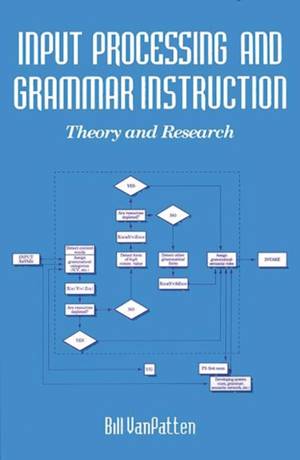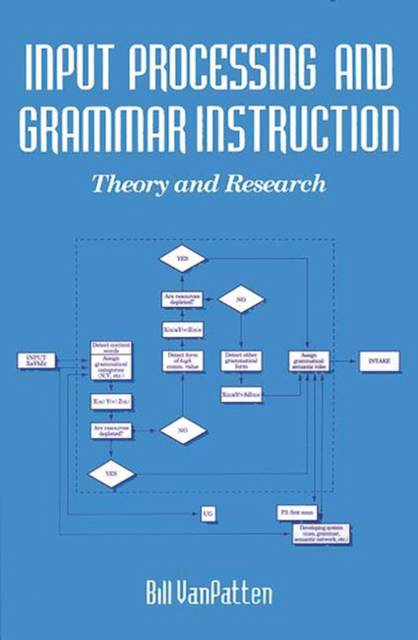
Door een staking bij bpost kan je online bestelling op dit moment iets langer onderweg zijn dan voorzien. Dringend iets nodig? Onze winkels ontvangen jou met open armen!
- Afhalen na 1 uur in een winkel met voorraad
- Gratis thuislevering in België vanaf € 30
- Ruim aanbod met 7 miljoen producten
Door een staking bij bpost kan je online bestelling op dit moment iets langer onderweg zijn dan voorzien. Dringend iets nodig? Onze winkels ontvangen jou met open armen!
- Afhalen na 1 uur in een winkel met voorraad
- Gratis thuislevering in België vanaf € 30
- Ruim aanbod met 7 miljoen producten
Zoeken
Input Processing and Grammar Instruction in Second Language Acquisition
Bill Van Patten
€ 93,45
+ 186 punten
Omschrijving
This book provides an alternative to the grammar debate in second language acquisition theory and teaching. Accepting that language acquisition is at least partially input dependent, the author asks how grammatical form is processed in the input by second language learners and is it possible to assist this in ways that help the learner to create richer grammatical intake. He answers these questions and explains why traditional paradigms are not psycholinguistically motivated. Drawing on research from both first and second language acquisition, he outlines a model for input processing in second language acquisition that helps to account for how learners construct grammatical systems. He then uses this model to motivate processing instruction, a type of grammar instruction in which learners are engaged in making form-meaning connections during particular input activities.
Specificaties
Betrokkenen
- Auteur(s):
- Uitgeverij:
Inhoud
- Aantal bladzijden:
- 192
- Taal:
- Engels
- Reeks:
Eigenschappen
- Productcode (EAN):
- 9781567502381
- Verschijningsdatum:
- 1/01/1996
- Uitvoering:
- Paperback
- Formaat:
- Trade paperback (VS)
- Afmetingen:
- 150 mm x 227 mm
- Gewicht:
- 263 g

Alleen bij Standaard Boekhandel
+ 186 punten op je klantenkaart van Standaard Boekhandel
Beoordelingen
We publiceren alleen reviews die voldoen aan de voorwaarden voor reviews. Bekijk onze voorwaarden voor reviews.











